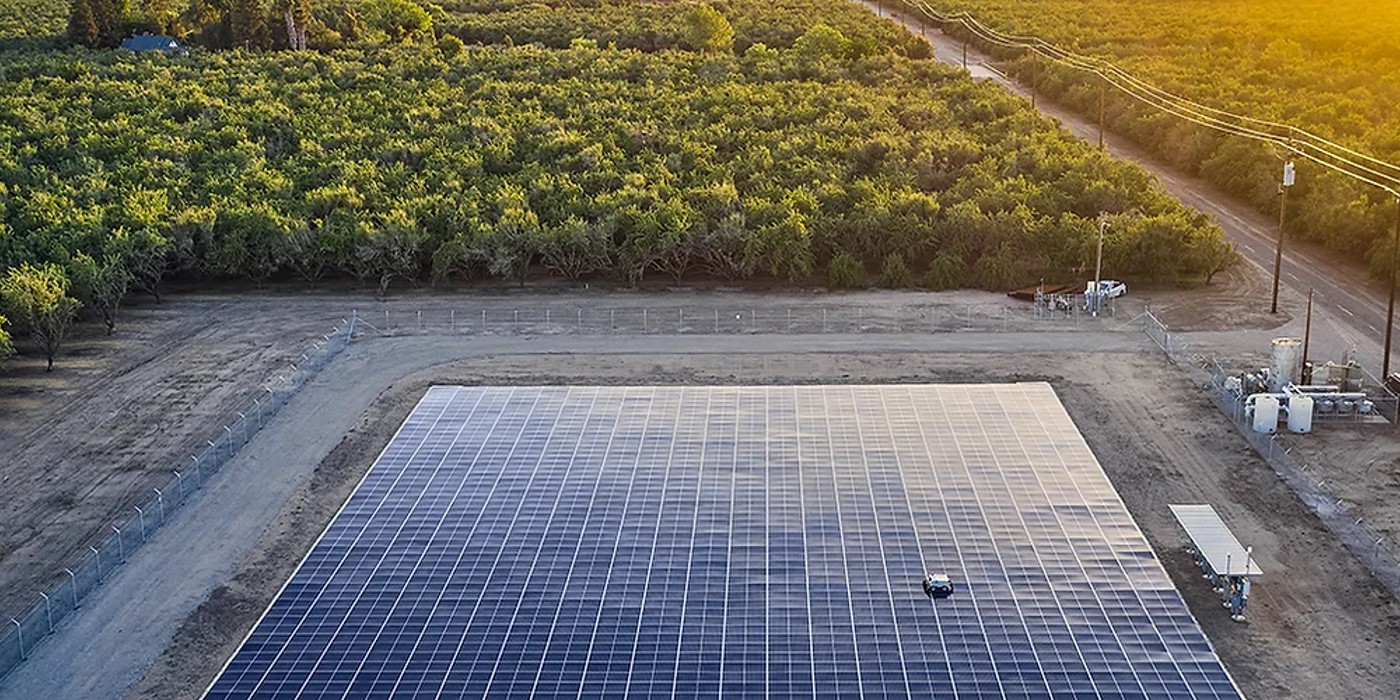
Renewable energy provided 74.1% of new utility-scale generating capacity in the US last year, according to new data released by the Federal Energy Regulatory Commission (FERC) that was reviewed by the SUN DAY Campaign.
US electrical generating capacity and renewables in 2022
New utility-scale solar capacity – that is, not including rooftop solar – was 9,924 megawatts (MW), or 39.6% of the total. New wind capacity provided 8,512 MW, or 33.9% of the total. Solar and wind each comfortably surpassed the 6,469 MW of new natural gas capacity (25.8%).
Including geothermal (90 MW), biomass (31 MW), and hydropower (24 MW), capacity additions by the mix of renewable energy sources accounted for 18,581 MW of the 25,085 MW in new generating capacity by all sources. Oil added 18 MW and nuclear increased by 17 MW; FERC reported no new coal additions.
So by the end of 2022, renewable energy sources collectively provided 27.3% of the total available installed generating capacity in the US, with wind’s share – 143,280 MW – being 11.4% and that of solar – 80,400 MW – expanding to 6.4%.
For perspective, renewables’ share of US generating capacity was 24.1% in December 2020 and just 17.8% in December 2015.
The recent growth in new solar and wind generating capacity significantly surpasses what FERC had forecast three years earlier. FERC then reported that “high-probability” additions of new solar between January 2020 and December 2022 would total 19,973 MW. Instead, new solar capacity grew by 38,530 MW, virtually doubling FERC’s forecast.
FERC had anticipated 26,403 MW of net “high-probability” new wind capacity to be added during that three-year period. Instead, wind grew by 41,350 MW, or 56.6% more than forecast.
Looking forward to 2025
FERC is now projecting that over the next three years – that is, through December 2025 – net “high-probability” solar capacity additions could total 75,642 MW, potentially nearly doubling solar’s current capacity. Moreover, “all additions” in the three-year solar pipeline could actually total 214,006 MW. FERC also expects net “high-probability” wind additions to total 18,211 MW, representing a 12.7% increase, with the possibility of all net additions reaching 76,012 MW.
If FERC’s three-year forecast proves accurate, by the end of 2025, renewable energy sources would account for 33% of total available installed generating capacity in the US. Of that, wind and solar would account for nearly equal shares: 12.2% wind, and 11.8% solar.
SUN DAY Campaign’s executive director Ken Bossong said:
Renewable sources, led by solar and wind, are now adding almost two percentage points each year to their share of the nation’s electrical generating capacity.
If that pace continues or accelerates – as seems likely – renewables will be providing a third of total installed generating capacity within three years and quite possibly more.
Photo: Erthos
Read more: Minnesota just passed a 100% clean energy bill – here’s what’s in it
UnderstandSolar is a free service that links you to top-rated solar installers in your region for personalized solar estimates. Tesla now offers price matching, so it’s important to shop for the best quotes. Click here to learn more and get your quotes. — *ad.
FTC: We use income earning auto affiliate links. More.





Comments